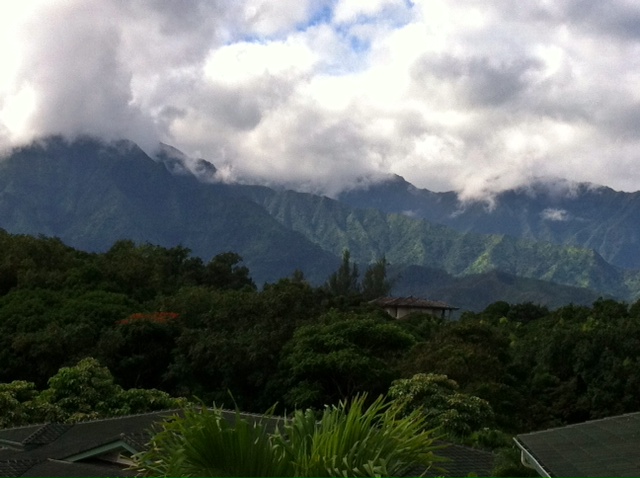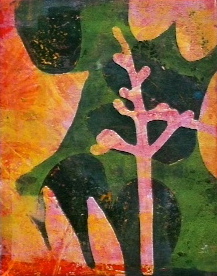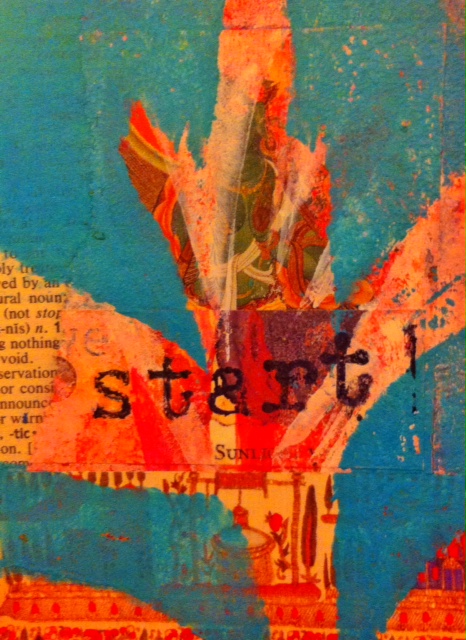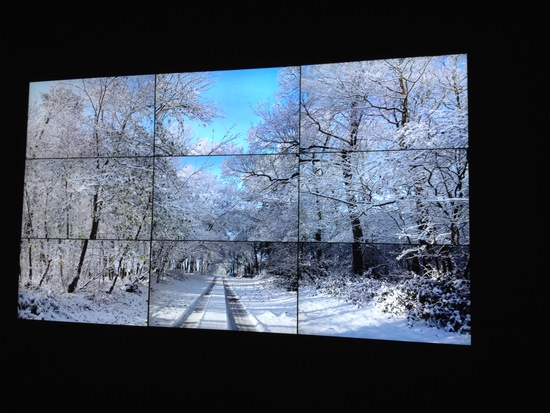 I recently visited Hawaii with my family. It's something we try to do once a year, so, with the aid of frequent flier miles, we headed off; my husband, my sister, my daughter and my daughter's boyfriend--and me.
I recently visited Hawaii with my family. It's something we try to do once a year, so, with the aid of frequent flier miles, we headed off; my husband, my sister, my daughter and my daughter's boyfriend--and me.
I'd taken care to pack my new favorite art medium; a gelli plate; a kind of squishy gel surface that serves as a printing plate and allows people like me who treasure immediacy, to create monoprints using stencils, plant matter, and what have you, together with acrylic paint.
I'd ordered some new acrylics and as I packed, I made sure to put plenty of bubble wrap between them and my swim suit.
Each day at art time, I set up shop on the dining room table, which was spacious, overlooked the mountains and had plenty of light.
Wandering outside, I gathered a number of leaves with interesting shapes and began printing--and printing and printing.
Over the next several days, I played with the vagaries of acrylic pigment, strange flora and experimented to find the means to capture the outrageous color and patterns I saw everywhere around me.
I divided my days into warm colors, cool colors and days when I layered both together. Naturally, my guidelines only lasted a couple of hours until I threw them over and just started adding color by feel.
My intent was to enjoy my time in Hawaii and explore the island through paint, paper and leaves. I learned to tolerate the uncooperative elements and to welcome the surprise that the textures of the leaves created when they met the squishy plate.
Often there was an extra treat; the print on the cover pages I was using would transfer to the printing paper, adding yet another layer of meaning.
I honestly didn't believe that these experiments would lead anywhere. I made a bunch of prints; grist for the collage mill upon my return, I thought. However, one fine day when the rest of the family was out exploring the island, I found myself exploring the web and discovered the perfect Gelli class.
I'm so excited because starting today, for a week, I'll be exploring Gelli printing in Carla Sonheim's Gelli Print Printmaking course. I'm using some extra professional leave to get a few more hours in the studio and look forward to sharing my progress with you. Gelli ahoy! A hui ho!












